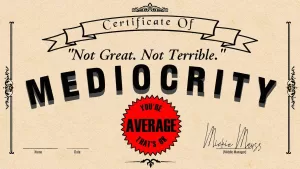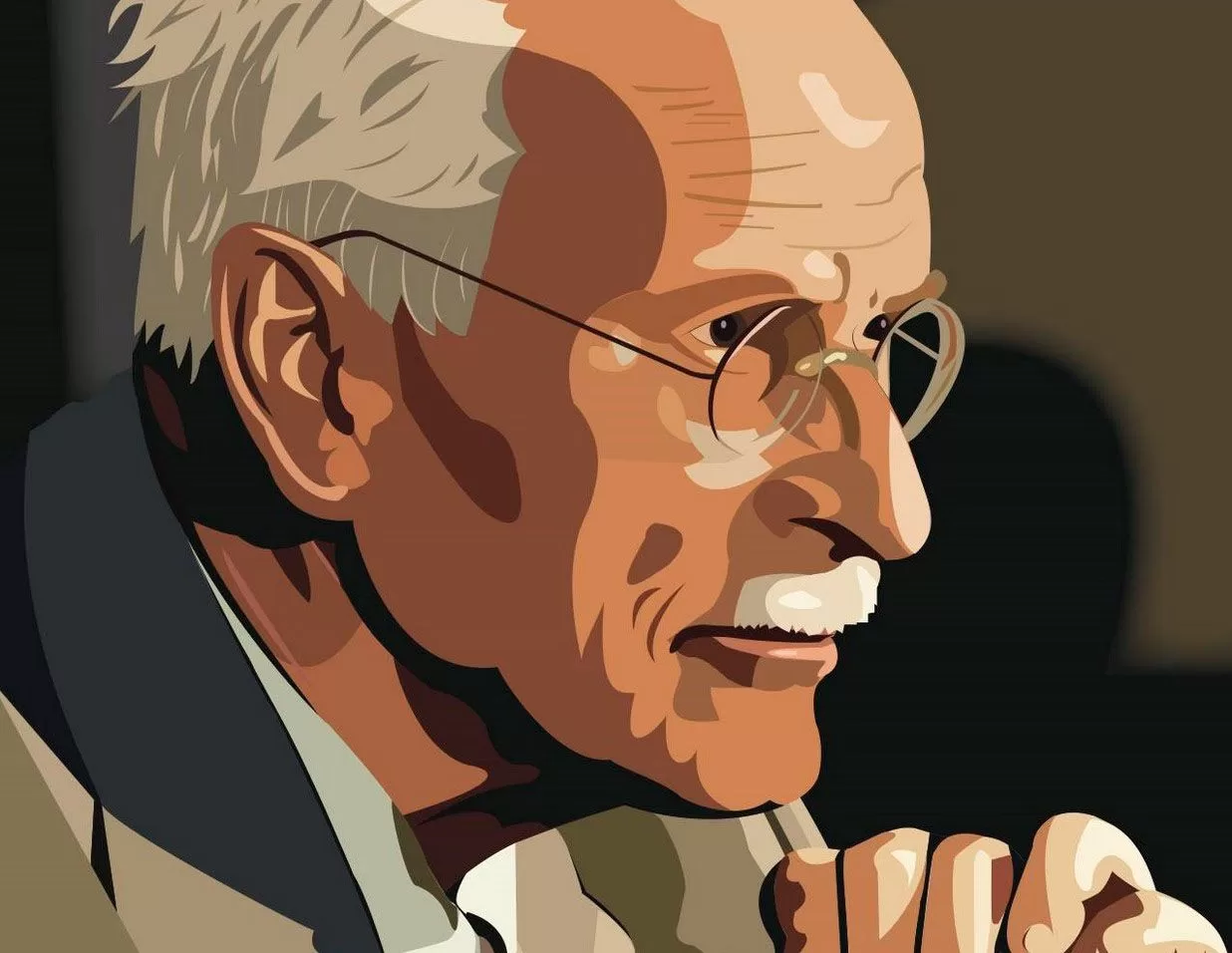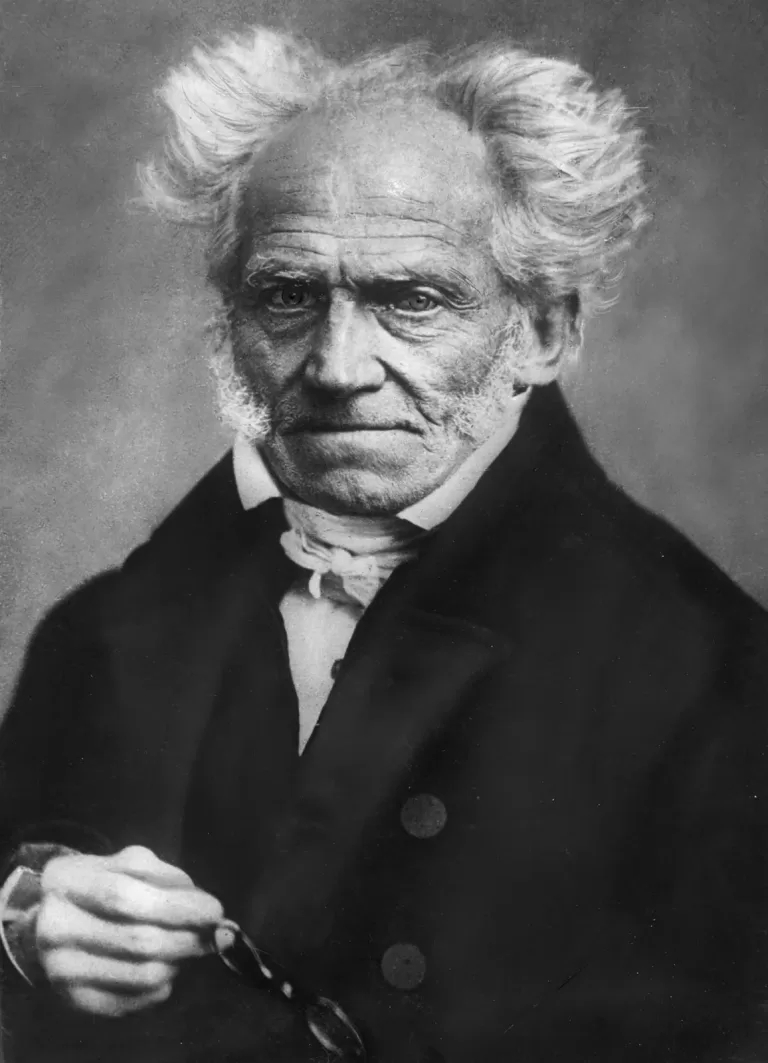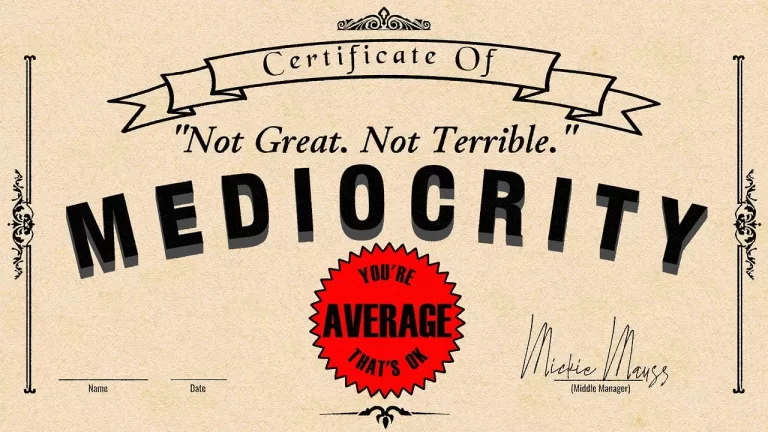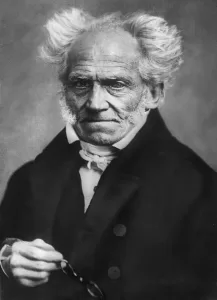We often feel like we’re in control of our minds, consciously driving our thoughts and actions forward. But take a moment for introspection, and you’ll quickly realise we’re often just following an internal navigation system that operates beyond our conscious awareness. We see only the display screen atop a complex network of software and hardware that guides our journey through life.
If we don’t take time to understand this navigation system—how it works, where it’s steering us, and how to override it when necessary—we risk wandering through life, ending up somewhere disappointing or even disastrous.
The Explorer of the Inner World
Carl Jung, the 20th-century Swiss psychiatrist, stands as one of history’s most brilliant minds to explore this terrain. Born in 1875 in rural Switzerland to a poor pastor father and an eccentric, spiritually inclined mother, Jung grew up as an introverted child who spent much of his time alone in worlds of imagination and observation.
Despite struggling in school initially, Jung eventually developed a passion for learning, diving into philosophy and religious texts. After completing his medical degree at the University of Zurich in 1902, he worked at a psychiatric hospital before establishing his private practice.
The Freud Connection and Separation
Jung’s rising prominence eventually led to his famous connection with Sigmund Freud. Their first meeting in 1907 lasted thirteen hours, launching a deep friendship and professional collaboration. They travelled together, analysed each other’s dreams, and exchanged theories.
However, the relationship was unbalanced from the start. With Freud being significantly older and more established, their dynamic resembled a father-son or teacher-student relationship. As Jung’s career advanced and his theories began to diverge from Freud’s, tensions grew. Their fundamental disagreements—particularly Jung’s mystical approach versus Freud’s scientific reductionism—eventually led to their split in 1913.
This separation triggered a profound psychological crisis for Jung between 1913 and 1918. During this transformative period, he turned inward, conducting psychological experiments on himself and exploring the depths of his unconscious. These experiences would cement his independent theories and shape his unique approach to psychology.
Jung’s Model of the Psyche
Jung’s life work centred on understanding the psyche—our complete personality, including all thoughts, feelings, and behaviours—and developing methods to integrate its components into a unified whole. For Jung, the ultimate goal of psychological understanding was self-realisation: becoming a fully authentic individual.
He believed the psyche exists as a constant interplay between conscious and unconscious realms. Since most of our personality develops beneath our awareness, a significant portion of who we truly are remains hidden from us. To become more authentic and complete, we must bring these unconscious elements into consciousness—a process Jung called “Individuation.”
Jung’s model divides the psyche into three dimensions:
1. Consciousness
This is the realm of personal awareness where we identify explicitly with ourselves. At its centre sits the ego, which creates our sense of identity and personal distinction—the story we tell ourselves about who we are. The ego expresses itself through the persona, our outward appearance to the world. This persona often differs from our true self, as it displays what we think is appropriate rather than what’s authentic.
2. Personal Unconscious
When the ego represses undesirable aspects of our experience and identity, these elements are stored in the personal unconscious, just beneath normal awareness. Though hidden, they continue to affect our conscious thoughts and behaviours.
3. Collective Unconscious
Jung’s most revolutionary concept was the collective unconscious—a reservoir of universal elements inherited through human history, similar to biological evolution. This shared psychological inheritance contains predispositions, structures, and memories passed down through generations of human imitation.
Jung found evidence for this collective unconscious in the recurring patterns he observed both in his patients and across diverse cultures and periods. These universal patterns, which he called archetypes, form the foundation of our personalities by predisposing specific cognitive tendencies.
Facing Our Shadow
Within the combined unconscious lies what Jung called the Shadow—all the repressed, denied, and unknown content that the ego refuses to identify with. For men, this includes suppressed feminine qualities (the anima), and for women, suppressed masculine qualities (the animus).
All these structures work together to form the Self—the authentic totality of who we are, what we truly desire, and what we’re truly capable of. The goal of individuation is to align the ego and persona as closely as possible with this authentic Self.
The Path to Self-Realisation
Achieving self-realisation requires radical self-acceptance, which in turn demands radical self-honesty. Each time we examine our feelings, thoughts, or actions, we must accept the complete—and often uncomfortable—truth about ourselves: that we are not always who we think or hope we are.
Every opportunity for such self-examination is like a step down into the unconscious. As we descend deeper, confronting the darker elements of our being, we must integrate our Shadow rather than deny it.
As Jung wrote: “Good does not become better by being exaggerated, but worse, and a small evil becomes a big one through being disregarded and repressed. The Shadow is very much a part of human nature, and it is only at night that no shadows exist.”
We cannot outrun our Shadow any more than we can outrun the physical shadow cast by our body in light. The danger lies not in having a Shadow but in attempting to ignore or deny it. By becoming aware of our darker aspects, we can better manage them when they emerge unexpectedly.
The Ultimate Challenge
While self-acceptance and authenticity might sound simple in theory, the actual work of radical self-acceptance is perhaps life’s greatest challenge. To truly accept our weaknesses, potential for evil, and shameful qualities—to admit that what we see or fear in others exists within ourselves—is to shake the very foundation of our psyche.
Yet this difficult journey is essential for a fulfilled and complete life. Jung’s work provides insights and methods to help us not only fix the bugs in our internal navigation system but also gain access to the controls, allowing us to input coordinates aligned with our authentic capabilities and desires.
Through this process, we can stop following a predetermined route and start charting our course—one that leads to genuine fulfilment and self-realisation.


